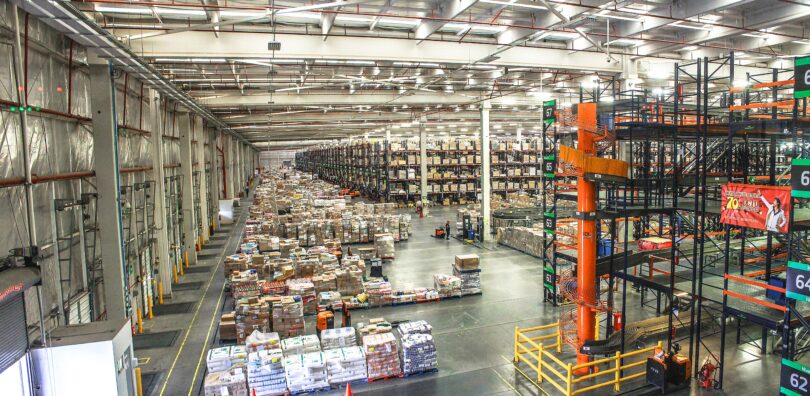Moving Parts of Property Insurance
In our experience, General Liability insurance gets more attention than property insurance especially from smaller companies and startups. Protection from legal action and meeting qualifications of retailers and distributors is often on the top of the list for specialty food and beverage manufactures and importers.
Producers often purchase their own General Liability coverage but often rely on or assume that third parties provide adequate property coverage for owned property in warehouses and in transit.
What if a fire breaks out at a copacker or logistics company? How about a loss from high winds, hurricane, or tornado? Your goods are stolen, damaged by a forklift or saturated by a malfunctioning sprinkler system?
Property insurance has many nuances. Relying on third party vendors for coverage means assuming policy terms are written with you in mind. Some important property insurance considerations include:
- Coinsurance percentages
- Correct location and building information
- Loss Valuation
- Coverage for non-owned property
- Deductible types and amounts
- Perils that trigger a loss
- Loss conditions
- Limits of Insurance vs actual values
Much of this list applies if your company purchases its own coverage as well. The point is property insurance has many considerations which makes purchasing it and relying on third party vendors challenging.
Third Party Agreements
Reliance on third parties for commercial property insurance is common while located in a warehouse or in transit but terms and limits of coverage are often not clear. Even if responsibility is outlined, how a third parties’ insurance coordinates with the agreement is not easy to ascertain.
Owned and Non-Owned Property
Commercial Property insurance is typically written with owned property in mind, for example, your copacker likely has insurance for their building, equipment, and owned inventory. Does that same policy cover non-owned property? This will depend on the policy type, insurance company and how a policy is structured.
What Can You Do?
First you can review your agreements with copackers and logistics companies. If you do not have an agreement or have doubts about the terms seek some legal advice. Second, you can ask your third-party vendors about how their insurance may apply to your property while in their care.
However, when it is all said and done, your own insurance is the only method you can control.
Coverage Considerations
When purchasing or reviewing property insurance the first place to start is an understanding of the two categories of property coverage:
- Direct Damage
- Indirect Damage (Time Element)
Direct Damage coverage is the easiest to understand. A covered loss to covered property yields payment less a deductible.
However, direct damage losses often have indirect consequences. For example, a fire causes a plant shutdown. The shutdown results in a loss of income and perhaps extra expenses to get back in operation as quickly as possible.
Direct damage examples:
- Building
- Business Personal Property
- Property of Others
Indirect damage categories include:
- Business Income
- Extra Expense
From here, there are numerous options for both direct and indirect categories to tailor coverage to your organizations needs and budget.
Get Some Help
This article could go on for pages (which few would read) when it comes to property insurance. This line of coverage requires more consideration than any line of insurance. Let us know if we can help.

